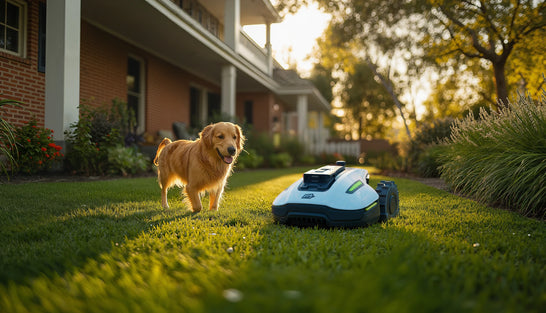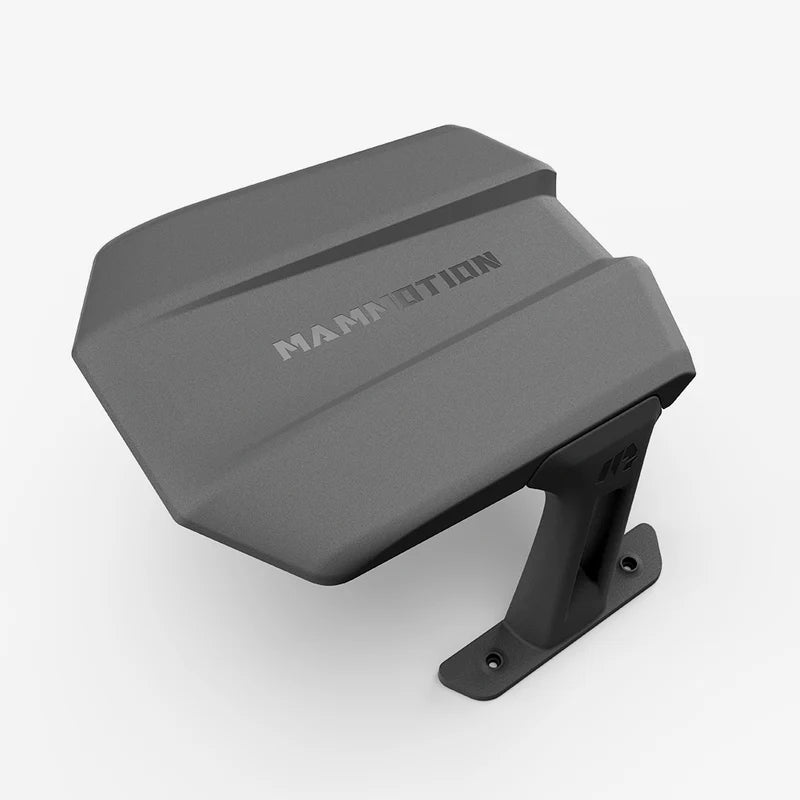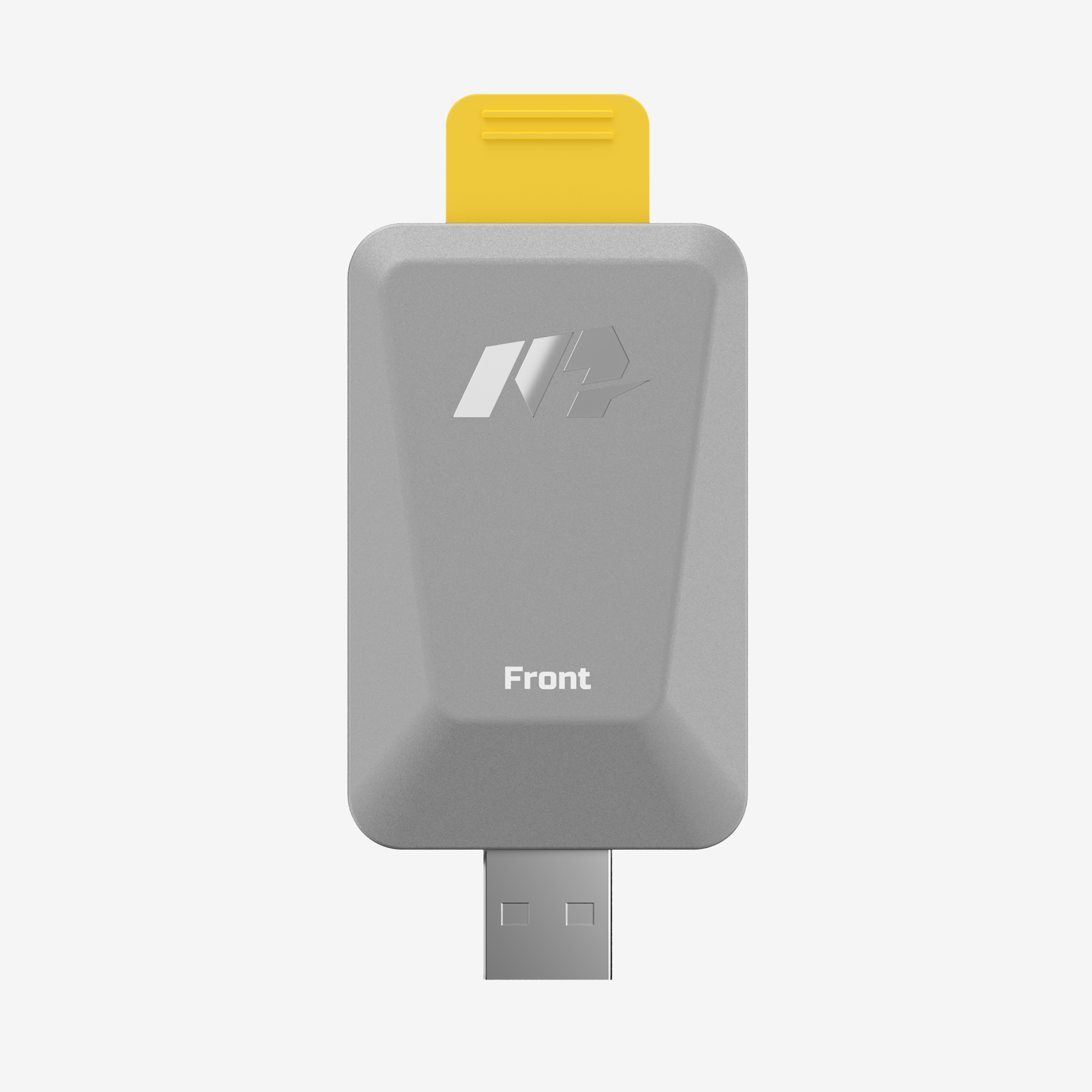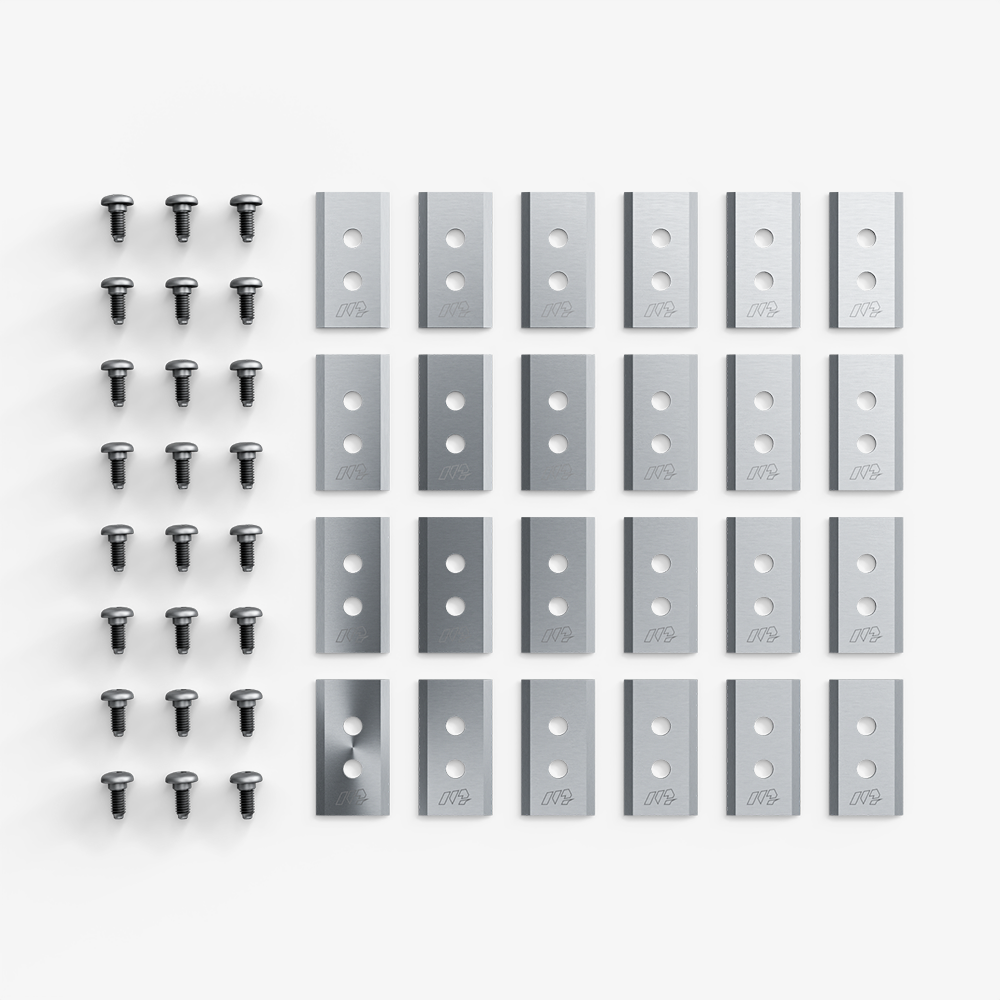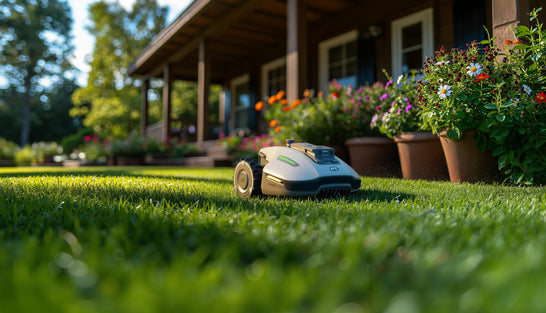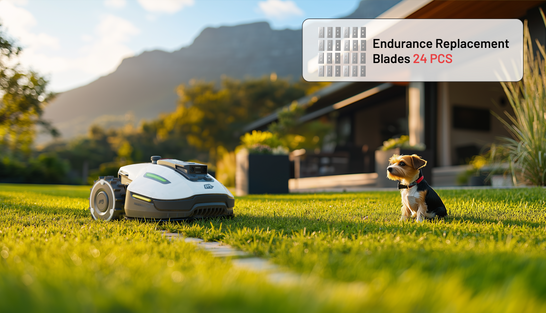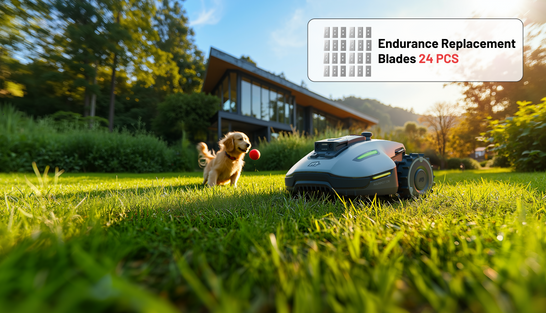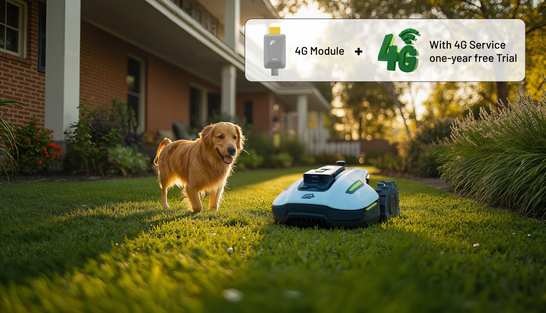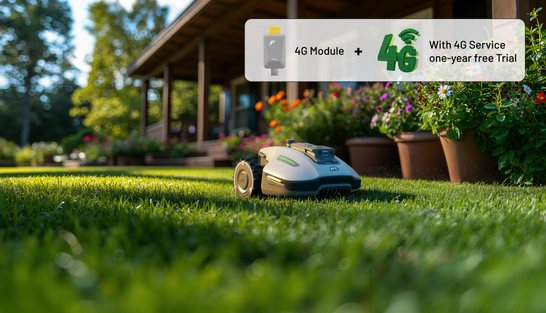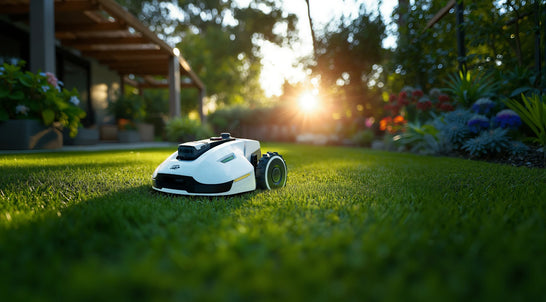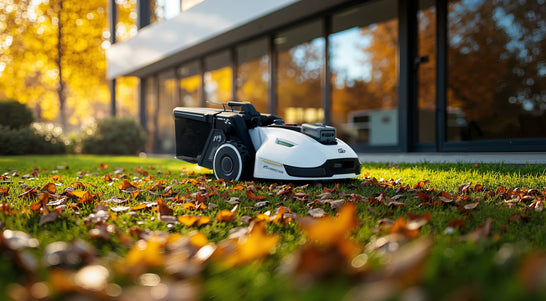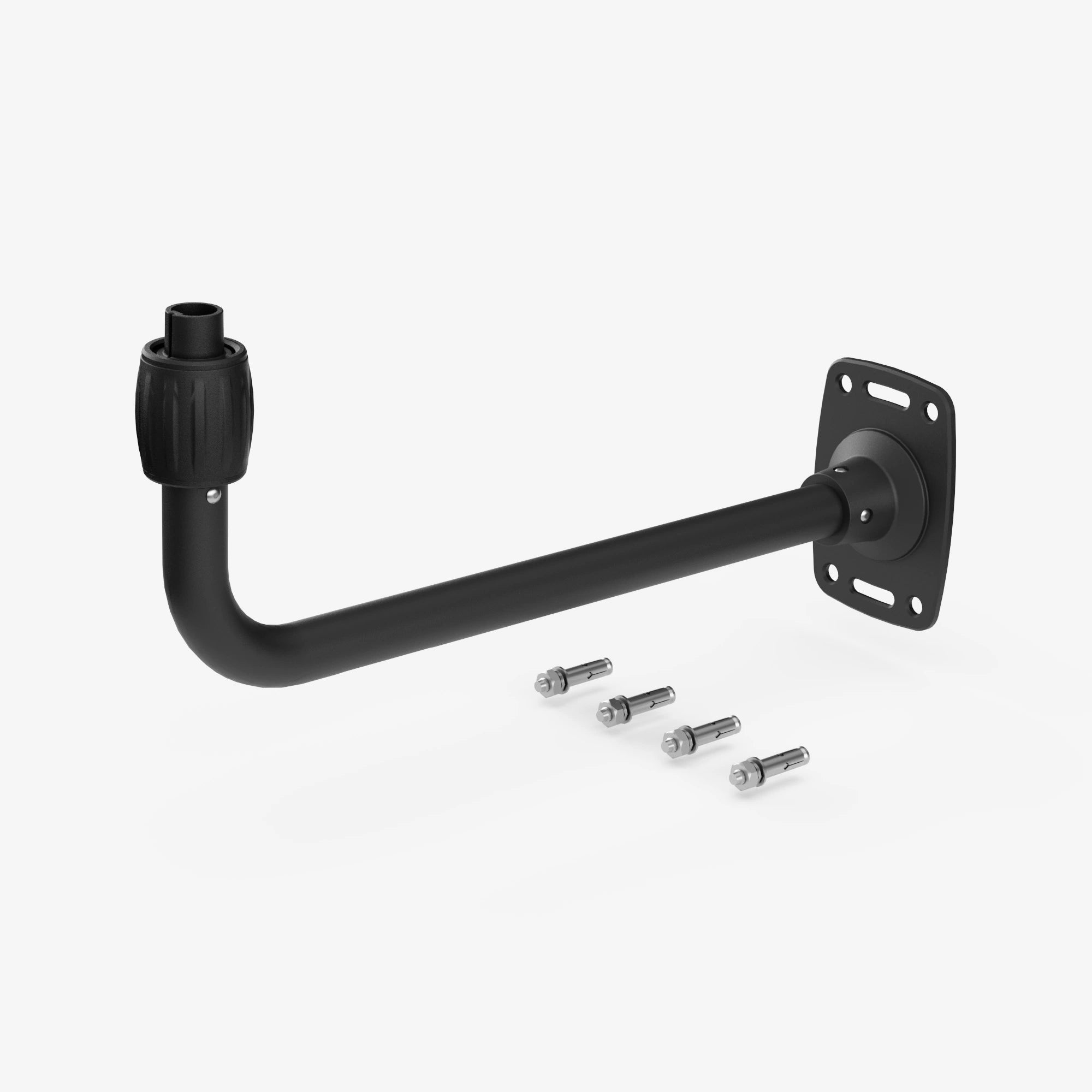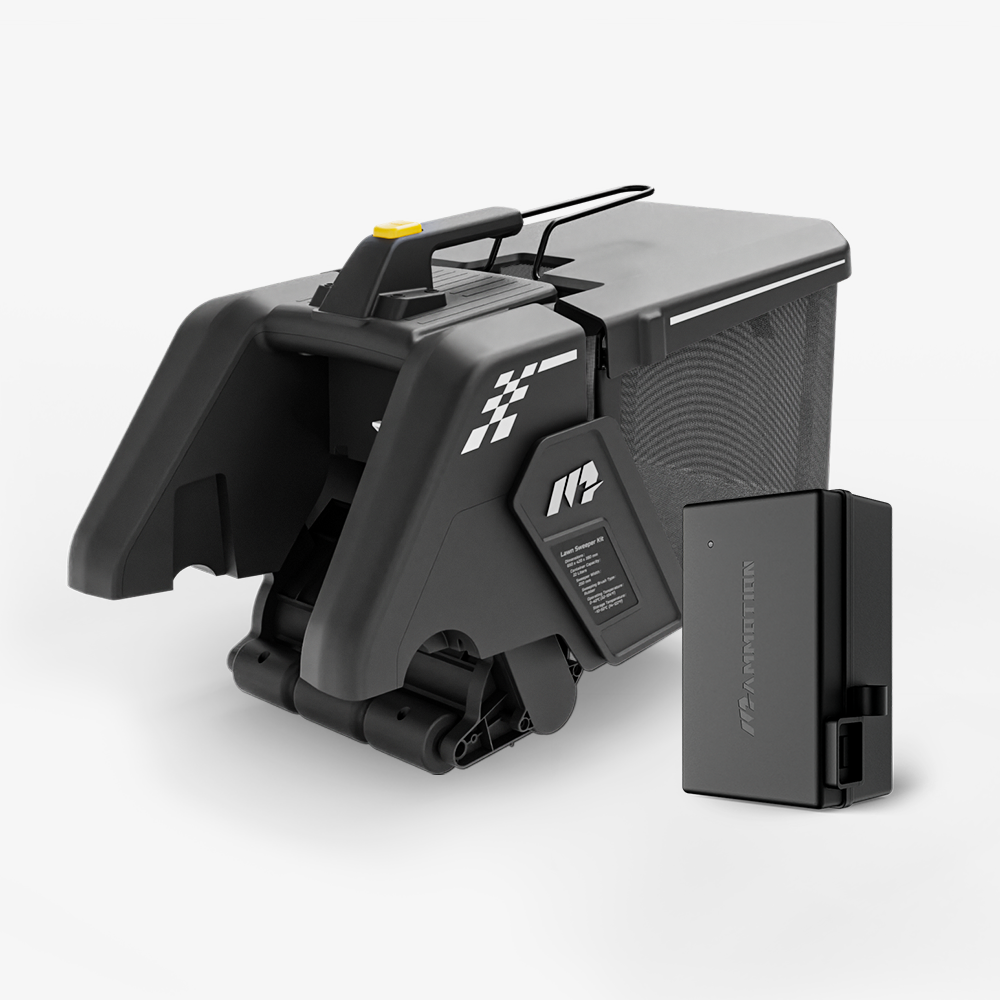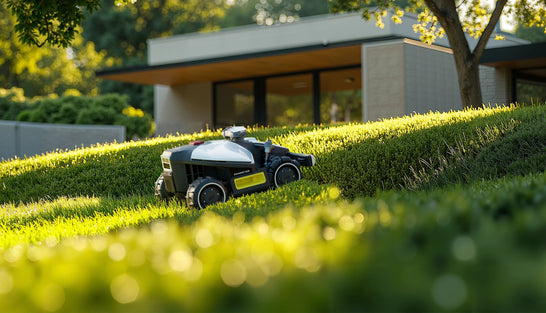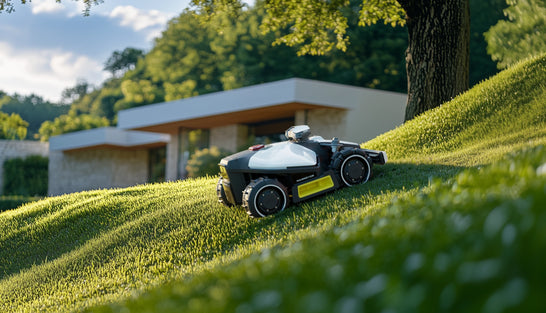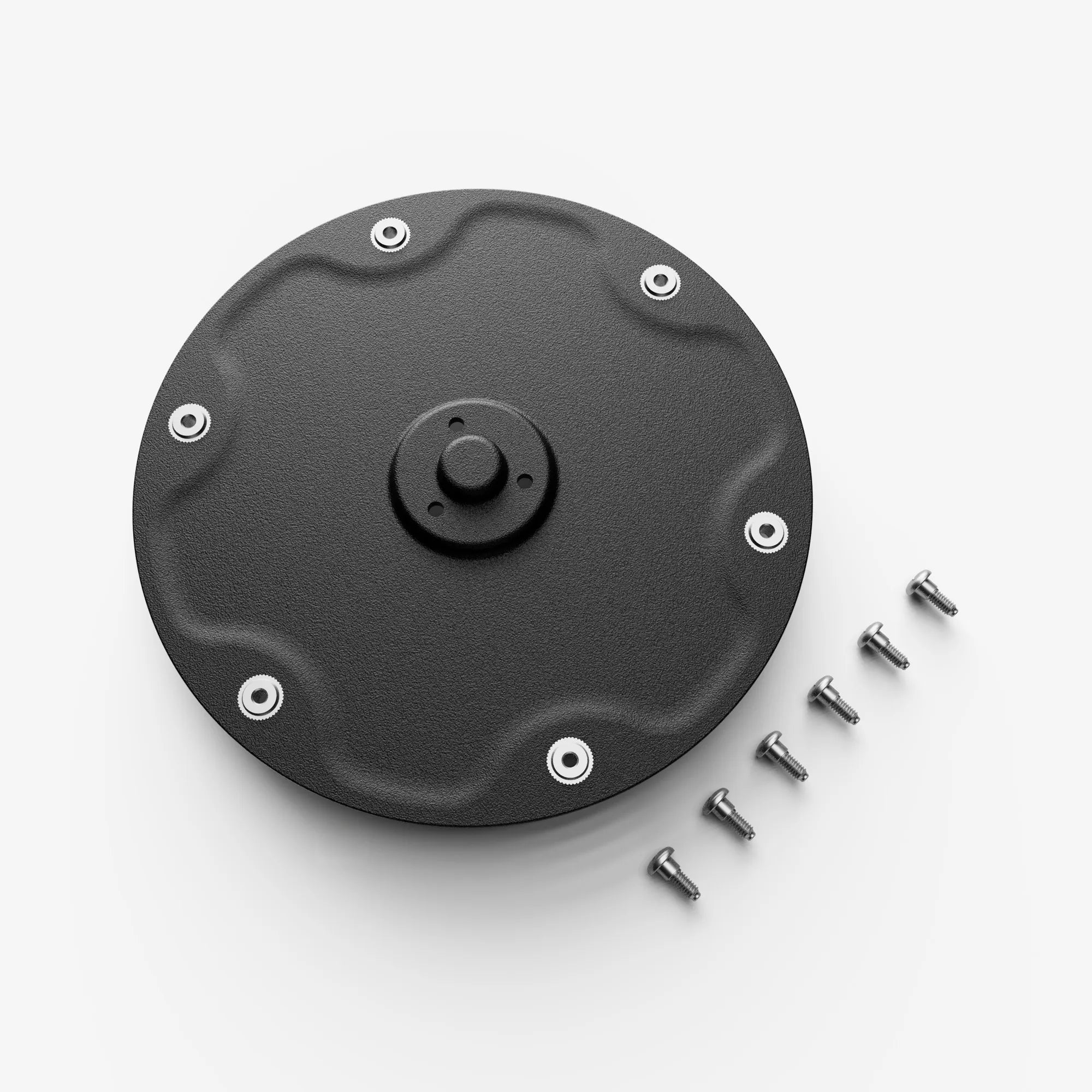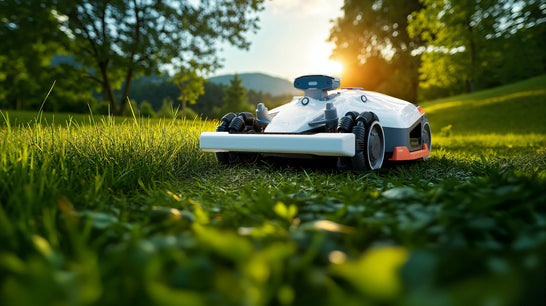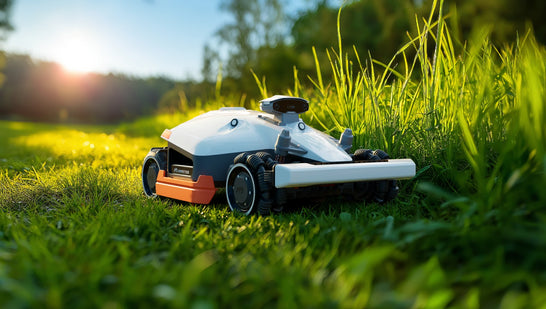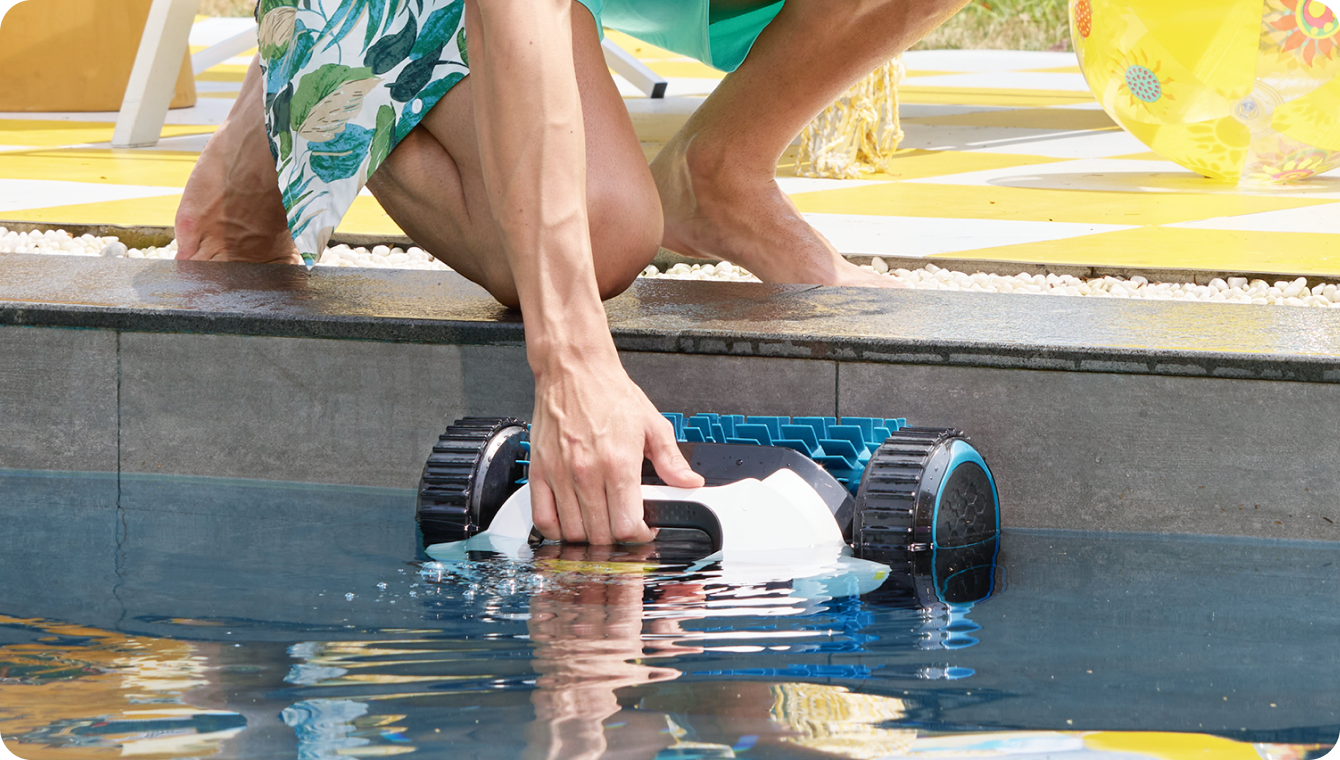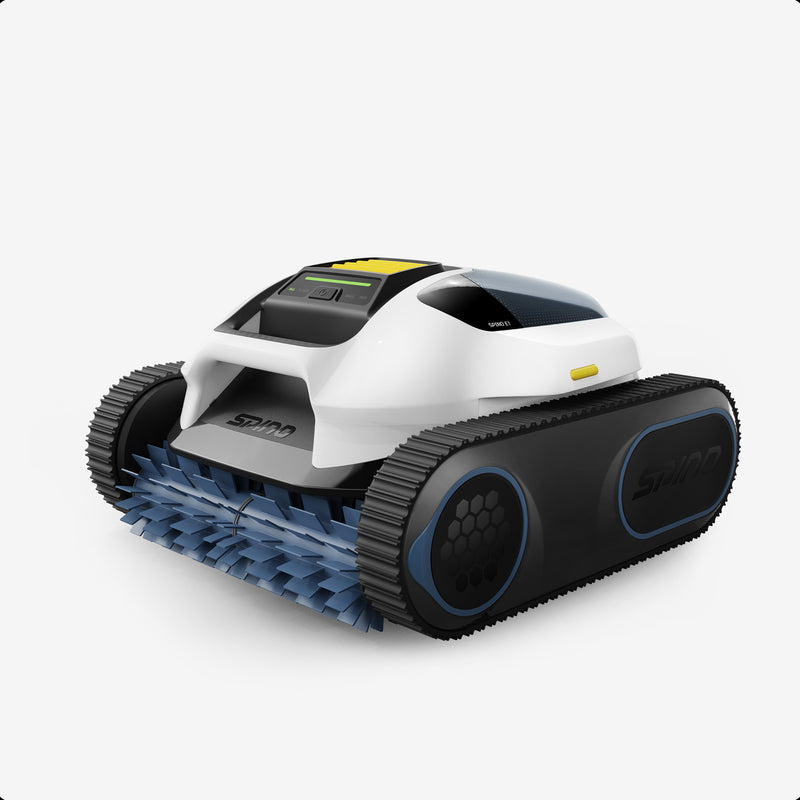If you own a swimming pool, you already know that keeping it clean is no small task. Between skimming, scrubbing, and balancing chemicals, maintenance can quickly eat into your leisure time — which is exactly why many pool owners are turning to robotic pool cleaners. These smart machines promise hands-free cleaning, energy efficiency, and long-term cost savings.
But with so many models on the market, one question consistently comes up: How much does a robotic pool cleaner really cost?
The short answer is: it depends. Prices for robotic pool cleaners can vary widely — from budget-friendly units under $300 to advanced, feature-packed models that cost over $1,500. Understanding what drives those price differences can help you make a smarter purchase and avoid paying for features you don’t need.
In this guide, we’ll break down the current price ranges for robotic pool cleaners, explain what factors affect the cost, and help you find the right model for your budget and pool type.
Robotic Pool Cleaner Price Range Explained
When it comes to robotic pool cleaners, there’s no one-size-fits-all price tag. The cost depends heavily on the features, technology, and build quality of the unit. To help you understand what you’re paying for, here’s a breakdown of the three main pricing tiers in today’s market:
🟢 Entry-Level Models ($200–$400)
These basic units are ideal for small to medium-sized above-ground or in-ground pools with light debris. They typically offer:
- Simple random cleaning patterns
- Shorter runtime (60–90 minutes)
- Limited suction power
- No smart navigation or app control
While they may not climb walls or scrub waterlines, entry-level robotic cleaners can still do a solid job of cleaning the pool floor. They’re a great choice for casual pool owners or those on a tight budget.
✅ Example: Generic cordless models on Amazon or Walmart, often priced under $350.
🔵 Mid-Range Models ($500–$900)
This is the sweet spot for most homeowners. Mid-tier robotic pool cleaners strike a balance between performance and price. Expect features like:
- Smart navigation with programmed cleaning paths
- Wall climbing and waterline scrubbing
- Stronger suction and dual motors
- Easy-access filter cartridges
- Cordless or hybrid options
- App or remote control in some models
These cleaners are built to handle medium to large pools with moderate debris, and they typically offer better energy efficiency and lower maintenance than suction or pressure-side alternatives.
✅ Example: Mammotion Spino E1 – Smart path planning, ideal for irregular pools ($599)
🔴 High-End Models ($1,000+)
If you want the best of the best, high-end robotic cleaners come fully loaded. These models are designed for large or complex pools and heavy-duty cleaning. Features usually include:
- Advanced gyroscopic navigation and mapping
- Wi-Fi or app-based remote scheduling
- Oversized top-load filter baskets
- Extra-long runtime (up to 3 hours)
- Waterline and step cleaning
- Premium warranties (often 3+ years)
These cleaners are perfect for homeowners who want maximum convenience, performance, and durability — and don’t mind paying a premium upfront for long-term value.
✅ Example: Dolphin Quantum Robotic Pool Cleaner – $1,200–$1,600
Up next, we’ll look at what actually affects the cost of a robotic pool cleaner — so you can understand which features are worth your money, and which ones you might not need.
What Affects the Cost of a Robotic Pool Cleaner?
While two robotic pool cleaners might look similar on the surface, their prices can differ dramatically based on the features and technologies they offer. Here's a closer look at the key factors that influence the cost:
1. Pool Size and Type Compatibility
Larger pools require stronger motors, longer battery life (for cordless models), and greater suction power. In-ground pools often have complex surfaces that need more advanced navigation. Models designed for above-ground pools are usually less expensive, while in-ground units command higher prices.
2. Navigation Technology
Cheaper models typically clean in random patterns, which may miss spots and waste energy. More advanced models use gyroscopic or smart mapping systems to scan and memorize your pool’s shape, ensuring full, efficient coverage. This kind of tech adds to the price but saves time and energy in the long run.
3. Cleaning Capabilities
Some cleaners only scrub the floor, while others can climb walls, clean steps, and reach the waterline. High-end models often include rotating brushes, dual drive motors, and multiple cleaning modes that justify their cost.
4. Corded vs. Cordless Design
Cordless robotic cleaners are increasingly popular for their ease of use and reduced maintenance, but they often cost more due to battery technology and waterproofing requirements. Corded units can offer longer runtimes but may require more user attention to manage cable tangling.
5. Filtration System
Entry-level models may use smaller or less efficient filter baskets that need frequent emptying. In contrast, premium cleaners offer extra-large, top-load filter canisters with multiple mesh levels to capture both fine particles and large debris — making them more convenient and powerful.
6. Smart Features & App Control
Want to schedule cleaning cycles from your phone? Check filter status remotely? These features add convenience but also increase the price. Wi-Fi or Bluetooth-enabled models, while often priced above $500, give users much more control.

7. Brand Reputation & Warranty
Established brands like Dolphin, Polaris, Aiper, and Mammotion often charge more for their products — and for good reason. Their machines are usually more durable, better supported, and come with longer warranties (2–3 years on average).
In short, price isn’t just about cleaning performance — it reflects a combination of smart tech, durability, and user experience. Understanding these cost drivers can help you choose the right model without overpaying for features you don’t need.
Best Robotic Pool Cleaners by Budget in 2025
To help you navigate the crowded marketplace, we’ve broken down some of the best robotic pool cleaners by price range — from budget-friendly models to high-end machines that deliver top-tier performance. Whether you’re shopping for your first cleaner or upgrading to a smarter unit, here are our expert picks:
🟢 Under $400: Budget-Friendly Options
These models are perfect for smaller pools or occasional use. While they may not have advanced features like app control or wall climbing, they’re reliable for basic floor cleaning.
✅AIRROBO PC10 | Cordless Robotic Pool Cleaner (~$340–$370)
Runtime: 120 minutes
Ideal for: Above-ground or small in-ground pools
Features:
- Equipped with three 80W motors, the maximum filtration speed can reach 40GPM (150LPM)
- 3 Cleaning modes can be chosen
- Cordless design will be safer and convenient
- Why it’s worth it: A low-cost way to automate basic cleaning
🔵 $500–$900: Mid-Range Favorites (Best Value)
This is the most popular price tier for homeowners who want convenience, solid cleaning performance, and decent tech features without overspending.
✅ Spino E1 by Mammotion (~$599 preorder / $799 retail)
Type: Cordless robotic pool cleaner with intelligent route planning
Runtime: 210 minutes
Ideal for: Pools of all shapes, especially irregular or large layouts
Features:
- Triple Brushless Motor System with 5800 GPH Suction Power
- Intelligent SmartArc Path Planning
- Floor, Walls & Waterline in One Go
- Cordless with long-lasting lithium battery
- Quick-drain and self-parking
- One-Touch Start, 5 Mode Options.
Why recommend it:
The Spino E1 combines premium features — like smart navigation and wall-climbing — at a mid-range price point, making it one of the most cost-effective options in 2025. Backed by Mammotion’s reputation in outdoor robotics, it's a solid investment for pool owners seeking smart automation without a four-figure price tag.
🛒 Check Spino E1 on Mammotion’s US store →
🔴 $1,000 and Up: Premium Powerhouses
If you want full pool coverage, remote scheduling, and maximum durability, these high-end machines are worth the investment.
✅ Dolphin Quantum Robotic Pool Cleaner (~$1,200–$1,600)
Runtime: 150 minutes
Ideal for: Large, deep, or complex in-ground pools
Features:
- Scrubs pool bottoms, walls and waterline
- Powerful active scrubbing of pool surfaces
- Extra-large top-loading fine filter basket
- Drop-and-go pool cleaning
- Lightweight and portable for easy lifting and handling
Whether your budget is $300 or $1,300, there’s a robotic pool cleaner out there that fits your needs. The key is to match the model’s capabilities with your pool size, shape, and usage frequency — not just the price tag.
Is a Robotic Pool Cleaner Worth the Price?
For many homeowners, investing in a robotic pool cleaner might seem like a luxury at first — especially when manual options or traditional suction-side cleaners are cheaper upfront. But when you take a closer look, robotic models offer clear long-term advantages that often justify the higher price tag.
1. Save Time and Effort
Manually cleaning your pool can take hours every week. A robotic pool cleaner automates the job, freeing up your time and keeping your pool consistently cleaner. Just drop it in, turn it on, and let it handle the dirt, leaves, and debris.
2. Improve Water Quality
By scrubbing the floor, walls, and sometimes even the waterline, robotic cleaners help reduce algae buildup and keep your water crystal-clear. This reduces the need for excessive chemical use and puts less strain on your pool’s filtration system — which can extend the life of your equipment.
3. Energy Efficiency
Unlike pressure-side or suction-side cleaners that rely on your pool pump, robotic units run independently on low-voltage power. This not only saves electricity but also lowers your overall pool maintenance costs.
4. Long-Term Value
Though the upfront investment might be higher, many robotic models are built to last 3–5 years or more with minimal maintenance. Compared to the ongoing cost of hiring pool services or frequently replacing cheaper cleaners, a reliable robotic unit can pay for itself over time.
In short, if you value convenience, cleaner water, and fewer hours spent maintaining your pool, a robotic pool cleaner is more than worth the cost — it’s a smart upgrade for any pool owner.
Conclusion
Robotic pool cleaners have come a long way in recent years — offering smarter features, stronger cleaning performance, and more affordable options for every budget. Whether you're looking to automate basic floor cleaning or want a high-tech device that can scrub walls and map your pool, there's a model out there that fits your needs.
Prices typically range from $200 to over $1,500, but cost alone shouldn't be your only deciding factor. Think about your pool size, debris level, maintenance preferences, and tech comfort when choosing the right cleaner.
If you’re looking for the best balance of performance, smart navigation, and cordless convenience without breaking the bank, models like the Spino E1 offer exceptional value in today’s market. The right robotic pool cleaner doesn’t just save time — it improves your pool’s health and makes ownership truly effortless.
Frequently Asked Questions
1. What is the average cost of a robotic pool cleaner in 2025?
Most robotic pool cleaners range from $300 to $1,500, depending on their features, cleaning performance, and brand reputation. Mid-range models around $600–$800 are the most popular among homeowners.
2. Why are robotic pool cleaners so expensive?
Robotic pool cleaners contain advanced components like intelligent navigation, high-efficiency motors, and built-in filtration systems. They’re fully independent from your pool’s pump and filter, which boosts performance but adds to the price.
3. Are there affordable robotic pool cleaners under $500?
Yes. Several entry-level models are priced between $250–$400, offering basic floor cleaning for small to medium-sized pools. They may lack advanced features like wall climbing or smart navigation, but they still provide value for casual users.
4. Do robotic pool cleaners use a lot of electricity?
No. Robotic pool cleaners are very energy-efficient, usually consuming less than 200 watts per hour, which is significantly lower than pressure-side or suction-side cleaners that rely on your pool’s pump.
5. How long does a robotic pool cleaner last?
With proper maintenance, most robotic cleaners can last 3 to 7 years, and high-end models may go even longer. Always check the warranty — top brands typically offer 2–3 years of coverage.
6. Is it cheaper to hire a pool cleaning service or buy a robotic cleaner?
Hiring a service may cost $80–$150 per month, which adds up quickly. A one-time investment in a robotic cleaner can pay for itself within a season or two, making it more cost-effective in the long run.
7. Can robotic pool cleaners handle large or irregularly shaped pools?
Yes — especially mid to high-end models with smart path planning and strong suction. Cleaners like the Spino E1 are designed for complex layouts and offer non-random navigation for full coverage.
8. Do I need Wi-Fi or an app to use a robotic pool cleaner?
Not necessarily. Many models are “plug and play” and work with a single button. However, if you want remote control or scheduling features, choosing a Wi-Fi or Bluetooth-enabled model is worth considering.

